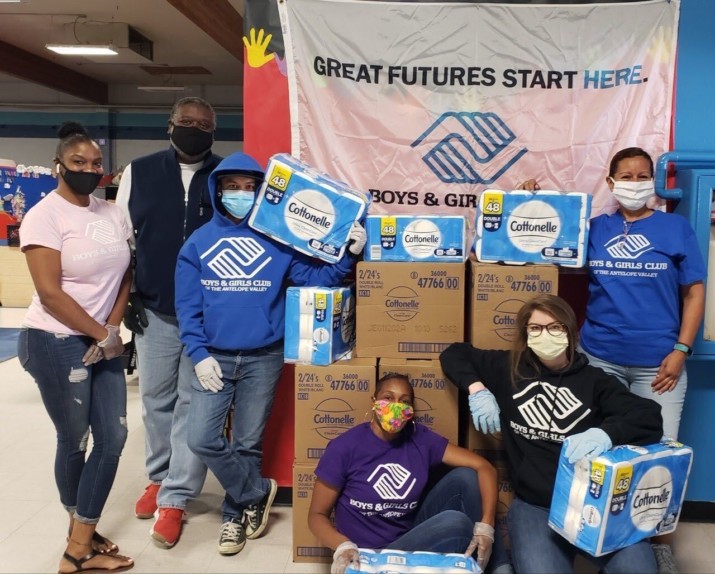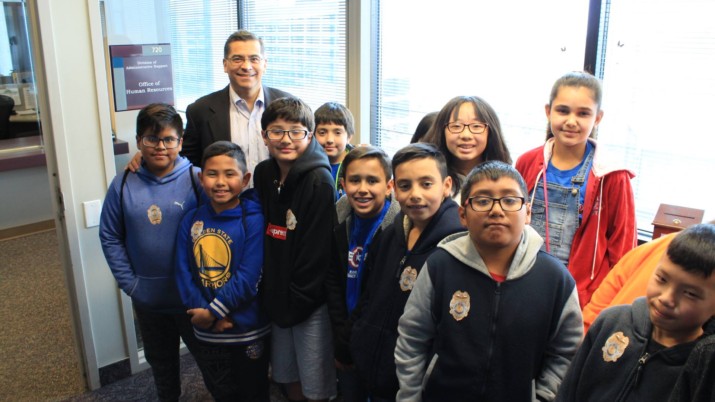
by Elisa Klein | Jun 14, 2020 | News
Los Angeles, CA. The California Department of Justice Charitable Trusts has issued new guidelines during the worldwide COVID-19 pandemic and State’s shelter-in-place order.
Right now charitable organizations are called upon more than ever to meet the critical needs of communities. In California, Attorney General Becerra (pictured above) is conducting outreach to nonprofits with the new information.
Here are a few of the modified details:
Unless prohibited by the nonprofit’s emergency bylaws, the following actions can be taken to conduct the corporation’s ordinary business operations and affairs during an emergency: Directors may participate in the board meeting through telephone conference calls, video conference calls, or through electronic transmission provided that each director can communicate with other directors concurrently and has means of participating in all matters before the board.
Directors of public benefit corporations can take action without a board meeting if all directors consent in writing and the quorum requirement is met. (Corp. Code, § 5211, subd. (b).) The written consent of the directors must be kept with the minutes of the proceedings of the board. (Id.) Note that directors cannot vote by proxy.
Many nonprofit organizations have endowment funds, which are donor-restricted funds that are intended to be invested and used in perpetuity to support the nonprofit’s charitable programs. Endowments are subject to the requirements of the Uniform Prudent Management of Institutional Funds Act (UPMIFA). Nonprofits need to be cautious on how much they spend from their endowment funds. Spending more than 7 percent of the fair market value of an endowment fund may create a presumption of imprudence. While your organization may be tempted to look to endowments as a means of addressing unanticipated costs and budget shortfalls, before your organization decides to invade principal or borrow against the principal, which is not permitted, the board should contact the donors to inquire whether they are willing to release or modify restrictions to allow for more spending authority.
For more information, here’s a link with all the information:
https://oag.ca.gov/sites/all/files/agweb/pdfs/charities/publications/charities-covid19-governance.pdf
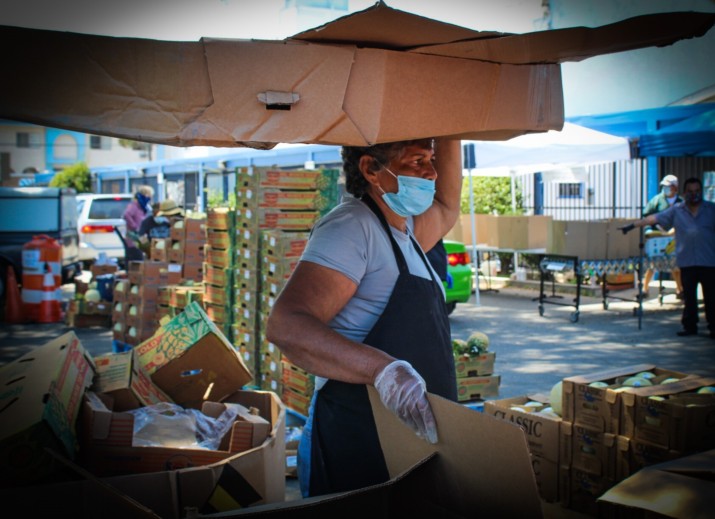
by Elisa Klein | Jun 9, 2020 | News
Los Angeles, CA. #UnitedforLA and #ChipinLAOn are the social hashtags for the United Way of Greater LA as it promotes its Pandemic Relief Fund. Leaders say thousands of workers in L.A. County are losing wages and jobs due to the pandemic and thousands more do not qualify for government assistance. The Pandemic Relief Fund is providing immediate assistance and daily necessities to people living on the streets, people at risk of homelessness, students, individuals, and families.
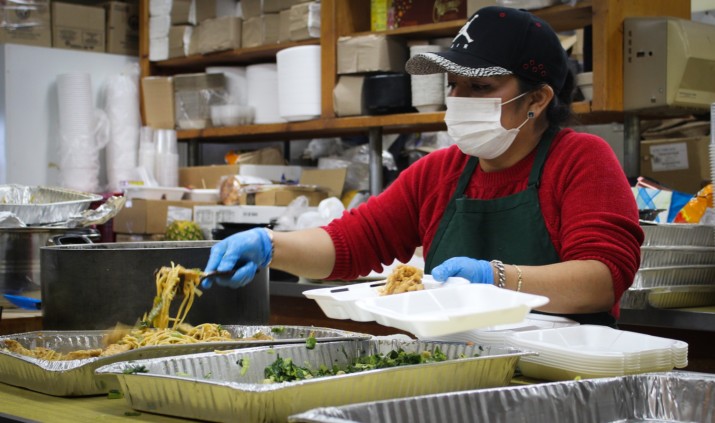
The fund also offers financial assistance to low-income entrepreneurs such as food truck vendors, day-laborers, and domestic workers.
From United Way of Greater Los Angeles:
We’re experts in fighting and preventing homelessness and poverty.
Across Los Angeles County, 52,765 residents are experiencing homelessness, 5 out of 10 students are graduating poorly prepared for college or careers, and 1.63M are living in poverty.
We’re attacking these issues at their roots, championing for systemic change and supporting more than 100 community-based organizations. It takes a village but Los Angeles is the strongest one we know.
We can’t do it without you. Your donations and support made it possible to house 45,000 people, to provide 30,000 high school students with real-life work experience, and place nearly 1,300 veterans in stable employment.
https://pandemicrelief.unitedwayla.org/
#UnitedforLA #ChipinLA
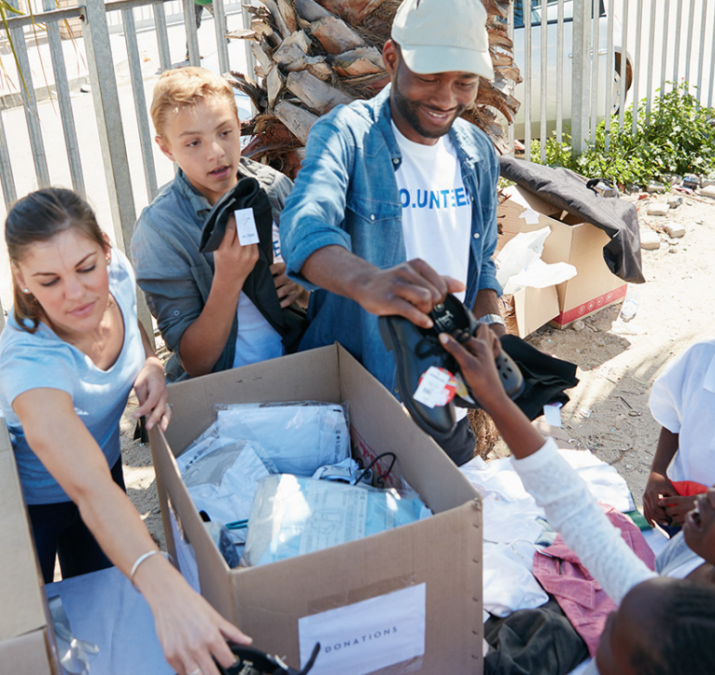
by Elisa Klein | May 19, 2020 | Coming Up, News
Los Angeles, CA. While December continues to be the largest month for charitable giving, 2018 gave way to the biggest shift in distribution across other months. In 2017, approximately 18.2% of giving took place in December and this shifted to just 17% in 2018, according to a report by Blackbaud. June has continued to be the second-largest giving month of the year, which aligns with the end of the fiscal year for many nonprofit organizations.
The digital marketing firm for nonprofits, Blackbaud, released this finding in its 2018 Charitable Giving Report.
In 2018, overall charitable giving in the United States increased by 1.5% on a year-over-year basis. Large organizations grew by 2.3%; medium organizations increased 2%; and small nonprofits experienced a decrease of 2.3% compared to the same time period in 2017. Since 2016, overall giving has grown 9% and giving to Foundations grew 5% over the same three year time period.
Online giving grew 1.2% in 2018 compared to 2017. Large organizations had a decrease of 0.5%; medium-sized organizations grew 3.7%; and small nonprofits grew 0.7% on a year-over-year basis. Since 2016, online giving has grown 17%, and average online gift amounts have continued to increase. The percentage of total fundraising that came from online giving once again reached another record high in 2018. Approximately 8.5% of overall fundraising revenue, excluding grants, was raised online. In 2018, 24% of online transactions were made using a mobile device.
This is the continuation of a growing trend we have measured over many years now. Arts and Culture organizations had the largest growth in both overall and online giving during 2018. Animal Welfare, International Affairs, Higher Education, and Public and Society Benefit organizations also experienced significant growth in overall giving compared to 2017. Public and Society Benefit, Healthcare, and Faith Communities also had growth in online giving in 2018. 2018 continued the longest sustained period of charitable giving growth since the last recession.
There are several key trends shaping charitable giving that are highlighted here. First, charitable giving in the United States is returning to normal levels following two years of significant growth. Second, online giving is entering a new phase where mobile and other digital channels continue to change how donors engage with nonprofit organizations. Finally, giving to Foundations and Donor Advised Funds (DAFs) continues to grow in response to supporter preferences and changes in incentives. A 36-month view of fundraising from the same organizations reveals a 9% growth in overall giving and a 17% increase in online giving. When we take a broader view, spikes in giving during 2017 gave way to more normal growth rates in 2018. There is a tendency to want to identify a single reason for shifts in giving, but that is not how the philanthropic ecosystem works.




